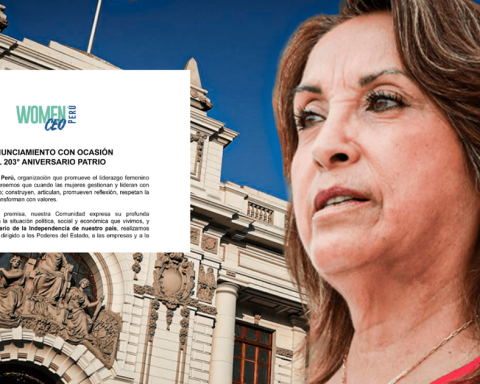The Imports of consumer products in the first semester were favored by an exchange rate that moved downward. Cars and cell phones were the ones that had the greatest impact on the increase in purchases abroad.
Overall imports performed positively in the first six months of 2023 with 7% year-on-year growth. The behavior of a set of consumer items registered practically the same increase (7.2%).
The exchange rate was one of the aspects that played in favor of external purchases. The dollar had already closed last year with a decrease of 10.3% and the trend continued in 2023. The US currency did not stop falling in the first months and ended June $37,408. that marked a drop of 6.64% in the first semester. A value very similar to the growth of purchases abroad.
The greater entry of products was reflected in the willingness of consumers to purchase them, something that was also observed in the National Accounts report, prepared by the Central Bank (BCU) corresponding to the first quarter of the year (latest data available). Final consumption spending grew 1.6% compared to the same quarter of 2022.
The senior analyst and coordinator of the Economics Area of Equipos Consultores, Soledad Castagnasaid to The Observer that the willingness to buy household appliances experienced significant growth so far this year. He average year-over-year increase for the first five months was 73%.

Getty Images
air conditioning equipment
“It is important to highlight that this improvement in the predisposition to the purchase of household appliances has led to reaching maximum levels that had not been observed since 2015Castagna said. The purchase intention, he added, can be attributed, in part, to the evolution of the exchange rate.
“Since the exchange rate is a decisive variable when allocating part of the income to the purchase of goods of this type, it is likely that the favorable conditions have encouraged people to purchase electrical appliances,” he explained.
The economist pointed out that similarly, the purchase of automobiles showed a significant increase and reached the same levels as in 2015. The rise can also be linked to the factor of the drop in the dollar.
Castagna summarized that the purchase of both household appliances and automobiles has shown strong momentum so far this year. “These performances are closely related to the exchange rate, which influences the decision of consumers to allocate part of their resources to the acquisition of these goods”, he indicated.
The products
The importation of zero kilometer cars was for US$ 252.7 with an interannual increase of 17%. He The largest supplier was Brazil with US$ 110.8 million. 44% of new vehicles arrived from that destination. It was followed by China with US$27.6 million and Mexico with US$20.4 million, according to customs data.
In second place were the cellphones. Purchases reached US$ 183 million with an increase of 5% compared to the first half of 2022, according to data collected by the Uruguay XXI Institute.

Increased import of cell phones
Third place was for the refrigerators. Imports reached US$30.7 million in the first six months. China led sales to Uruguay with US$ 11.2 million. It was followed by Mexico with US$5.2 million and Brazil with US$3.9 million.
Then there were the televisions. In this case, it was imported for a value of US$ 25.1 million. Once again, China was the largest supplier with US$11.3 million, Mexico with US$6.5 million and the United States with US$3.5 million.
Air conditioning equipment also had a positive performance in the semester with acquisitions for US$ 21.5 million. They mainly came from China (US$14.9 million), then from the free zones of Montevideo and Florida (US$3.5 million) and South Korea with US$1.1 million. The year-on-year increase was 25.7%.
Besides, washing machines were imported for US$ 10.7 million. The purchases came from China (US$7.1 million), Turkey with US$1.3 million and Argentina with US$1.2 million.
External purchases of ready-made clothing also had a positive variation. In the semester they reached US$ 4.4 million with an interannual growth of 52%. The main origin was Israel with US$1.8, followed by China with US$1.1 million and Argentina with US$334 thousand.














